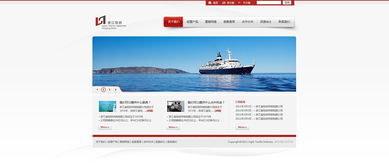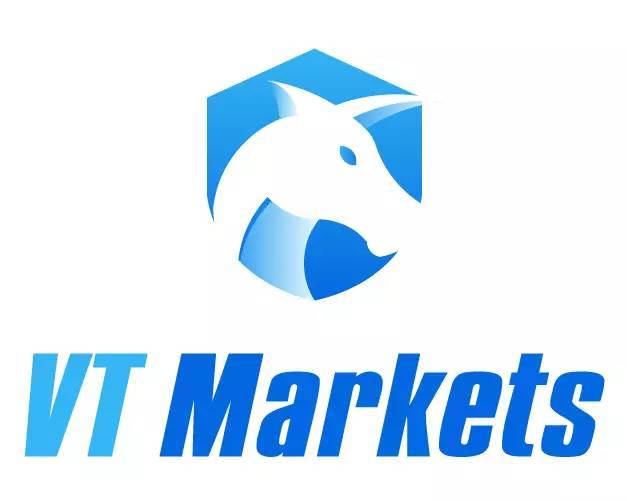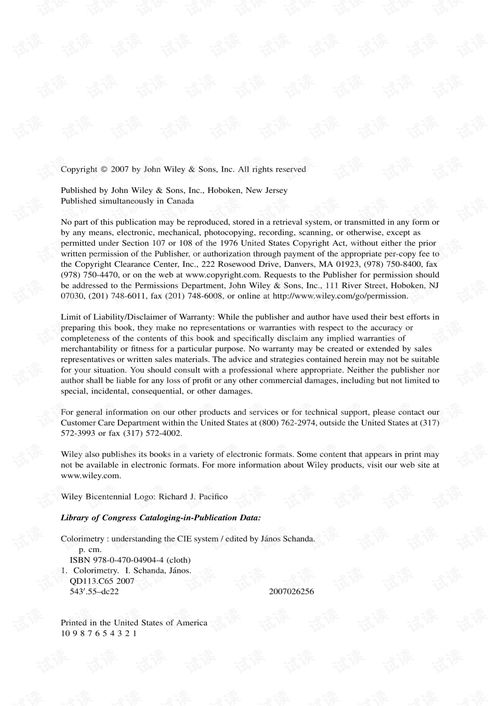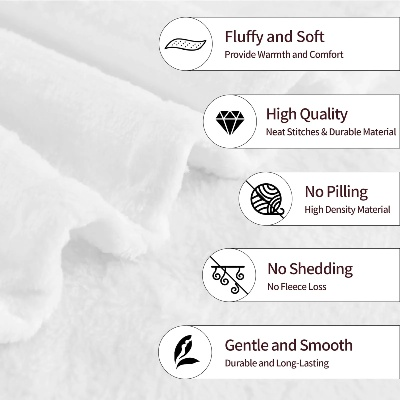The Textile Recycling Industry:A Sustainable Business Model
The textile recycling industry is a crucial component of the circular economy, where waste materials are transformed into new products or raw materials. This model not only reduces environmental pollution but also promotes economic growth and job creation. In this paper, we discuss the sustainable business model of the textile recycling industry, which involves the collection, processing, and reuse of textile waste. The process starts with the collection of textile waste from various sources such as households, factories, and industries. Then, it undergoes cleaning, sorting, and screening to remove any contaminants before being processed through various methods like mechanical recycling, chemical treatment, and biological decomposition. Finally, the recycled textiles are used in new products or converted into raw materials for further manufacturing. The sustainability of this model lies in its ability to reduce the amount of waste sent to landfills, conserve natural resources, and create new markets for recycled products. Furthermore, it provides employment opportunities and contributes to the development of local economies. Overall, the textile recycling industry has the potential to be a powerful driver for sustainable development by promoting environmental protection, economic growth, and social welfare.
Introduction: The textile industry is a vital part of our global economy, producing clothes, furnishings, and other materials that are in high demand. However, with the increasing demand for these products comes an ever-growing waste output. This presents an opportunity for businesses to turn this waste into valuable resources through the textile recycling industry. In this article, we will explore the concept of textile recycling, its benefits, challenges, and how it can be effectively implemented. We will also present an example of a successful textile recycling business model.
Textile Recycling Concept: Textile recycling involves converting used textile materials back into raw fibers or new products. This process can be done through various methods such as mechanical separation, chemical treatment, and biodegradation. The primary goal of textile recycling is to reduce the amount of waste sent to landfills, minimize environmental pollution, and create new economic opportunities.
Benefits of Textile Recycling:
- Environmental Benefits: Textile recycling reduces the amount of waste sent to landfills, which helps to conserve natural resources and prevent soil erosion and water pollution.
- Economic Benefits: By turning waste into valuable materials, textile recycling creates new jobs and stimulates economic growth. It also reduces the cost of raw material production and extends the lifespan of products.
- Social Benefits: Textile recycling promotes sustainable living practices and raises awareness about environmental conservation.
Challenges of Textile Recycling:

- Technological Challenges: Developing effective techniques for separating different types of textile waste and converting them into usable products requires significant investment in research and development.
- Market Barriers: Many consumers have limited knowledge about textile recycling and may not be willing to pay extra for recycled products.
- Government Regulations: Different countries have varying regulations on textile waste disposal, which can impact the profitability of textile recycling businesses.
Example of a Successful Textile Recycling Business Model: One example of a successful textile recycling business model is the "Recycled Textiles" company based in New York City. The company works with local textile mills to collect and recycle old clothing and fabric scraps. These materials are then processed into new fabrics and sold at discounted prices to retailers and manufacturers.
The company has been able to achieve success by focusing on customer satisfaction and offering competitive pricing. They also invest in training their employees to ensure they understand the importance of textile recycling and how it benefits both the environment and society. Additionally, the company collaborates with environmental organizations to raise awareness about textile waste and promote sustainable practices.
Conclusion: The textile recycling industry offers a sustainable business model that can help address the pressing issues of waste management and environmental protection. By implementing innovative technologies, expanding market reach, and collaborating with stakeholders, businesses can play an essential role in promoting responsible consumption and production practices. As we continue to face challenges in the textile industry, investing in textile recycling is not only beneficial for the environment but also for economic growth and social responsibility.
纺织品循环生意概述
随着环保意识的日益增强和可持续发展理念的深入人心,纺织品循环生意逐渐成为一种新的商业模式,它不仅有助于减少资源浪费和环境污染,还能促进产业升级和绿色发展,在纺织品循环生意中,通过优化供应链管理、提高资源利用效率、推动技术创新等方式,实现资源的循环利用和价值的最大化。
纺织品循环生意的产业链分析
原材料采集与处理
在纺织品循环生意中,原材料的采集和处理是关键环节,通过采用环保材料和可持续生产方式,减少对自然资源的过度开采和消耗,加强废旧纺织品回收和处理,提高资源利用效率。
纺织品的加工与再利用

在纺织品加工过程中,注重技术创新和工艺优化,提高纺织品的附加值,推动绿色制造和循环经济,实现纺织品的再利用和资源化利用,通过织造新技术、染整工艺改进等方式,提高纺织品的环保性能和耐用性。
销售与市场拓展
纺织品循环生意的最终目标是实现销售和市场的拓展,通过建立完善的销售网络和品牌推广策略,提高纺织品的市场竞争力,加强与国际市场的合作与交流,拓展纺织品循环生意的国际市场。
纺织品循环生意案例分析
绿色织造品牌的发展历程
某绿色织造品牌自成立以来,一直致力于推广纺织品循环生意理念,他们采用环保材料和可持续生产方式,加强废旧纺织品回收和处理,注重技术创新和工艺优化,提高纺织品的附加值和环保性能,通过不断的市场推广和品牌建设,该品牌逐渐成为行业内的知名品牌,实现了销售和市场的拓展。
循环经济产业园的建设与运营
某循环经济产业园是一个集纺织原料采集、加工、销售、研发于一体的综合性产业园,该产业园采用先进的生产工艺和技术手段,推动绿色制造和循环经济,加强与国内外企业的合作与交流,实现资源的共享和互利共赢,通过产业园的建设与运营,实现了资源的循环利用和价值的最大化。
纺织品循环生意的策略与建议
加强政策支持与引导

政府应出台相关政策措施,鼓励和支持纺织品循环生意的发展,通过税收优惠、资金支持等方式,鼓励企业开展纺织品循环生意,加强与国际组织的合作与交流,推动纺织品循环生意的国际合作与发展。
优化供应链管理
企业应加强供应链管理,提高资源利用效率,通过优化采购、生产、销售等环节,减少浪费和消耗,加强废旧纺织品回收和处理,推动循环经济的发展。
推动技术创新与研发
企业应注重技术创新和研发,提高纺织品的附加值和环保性能,通过引进先进技术手段和生产工艺,提高纺织品的环保性能和耐用性,加强与国际企业的合作与交流,推动纺织品循环生意的国际化发展。
加强市场推广与品牌建设
企业应加强市场推广和品牌建设,提高纺织品的市场竞争力,通过建立完善的销售网络和品牌推广策略,提高消费者的认知度和信任度,加强与国际市场的合作与交流,拓展纺织品循环生意的国际市场。
Articles related to the knowledge points of this article:
Water-Washed Electronic Textiles:A Technical Overview and Case Studies



